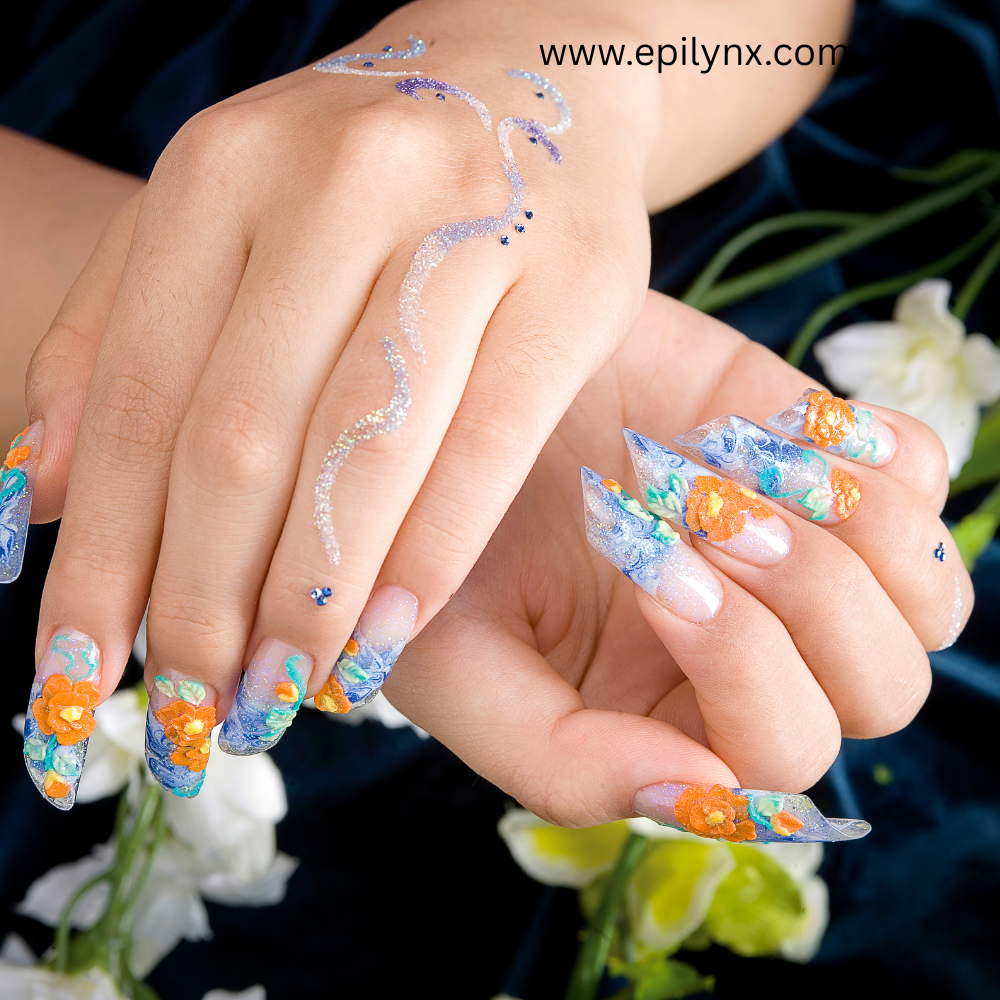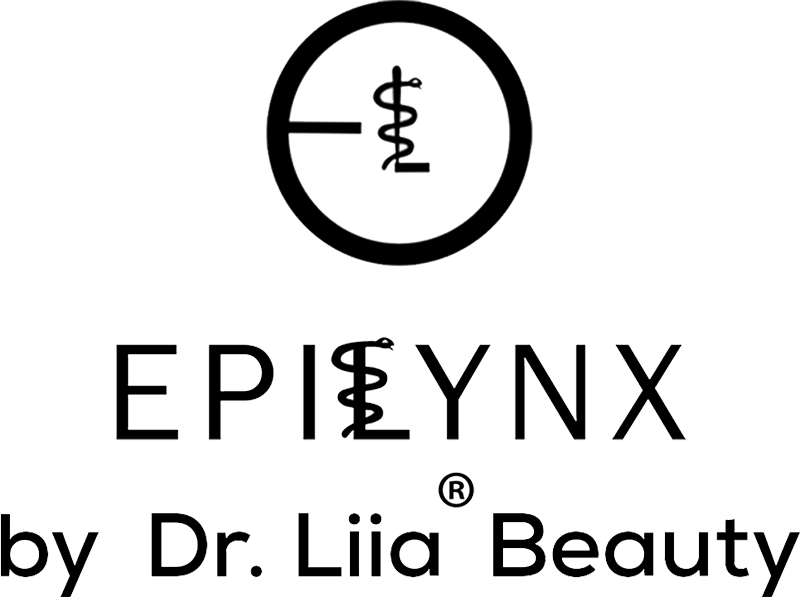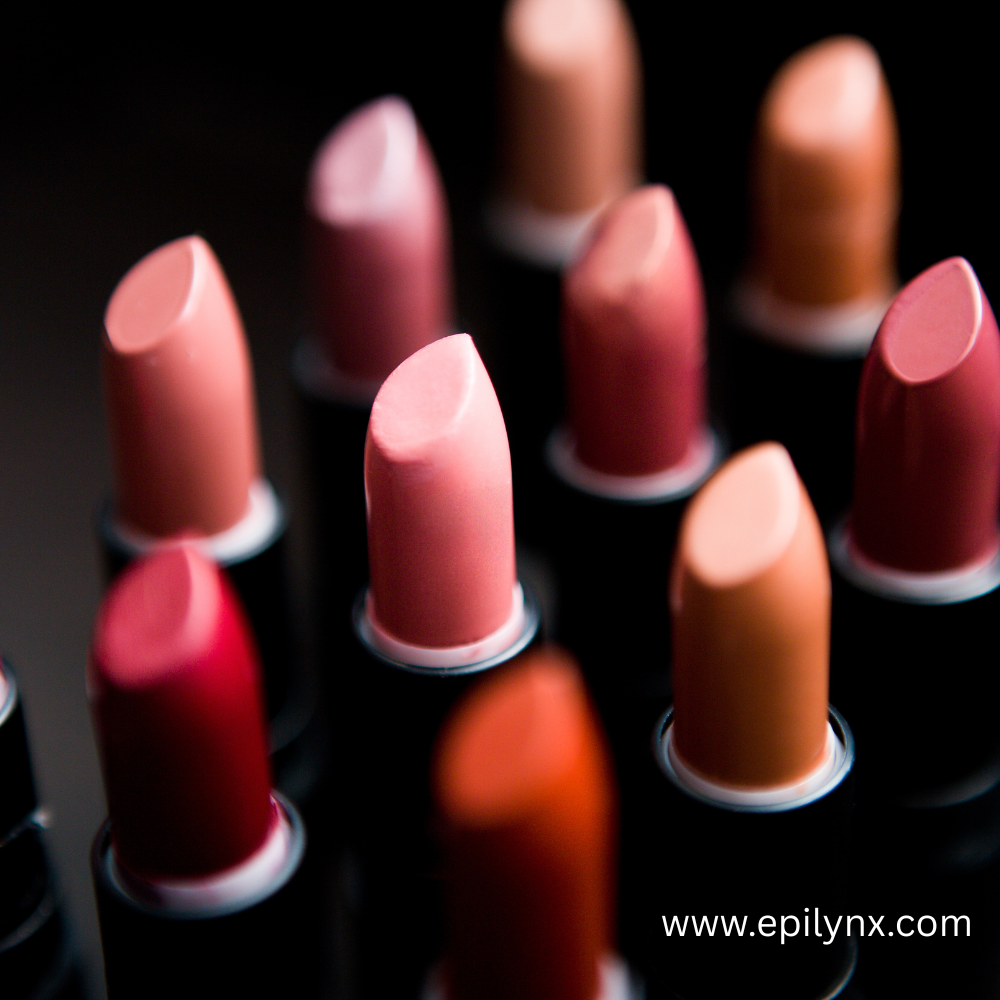
Is Your Nail Polish Toxic? The 7 Chemicals Dermatologists Say to Avoid
Pretty Nails, Ugly Truth
A fresh manicure feels amazing—but here’s the not-so-pretty side: many nail polishes are chemical cocktails.
From carcinogens to allergens, the polish on your nails could be exposing you to ingredients you’d never want anywhere near your body.
Dermatologists warn: it’s not just what’s on your skin—it’s what can leach into your system. Let’s uncover the 7 toxic chemicals still hiding in nail polish (and what to use instead).
Chemical #1: Formaldehyde 💀
-
What it is: Preservative + hardening agent.
-
Where it’s found: Nail hardeners, traditional nail polish.
-
Why it’s bad:
-
Known carcinogen.
-
Can cause allergic contact dermatitis.
-
Irritates skin, eyes, and respiratory system.
-
-
Nicknamed: The “embalming fluid” of beauty.
📌 Pro tip: Look for “formaldehyde-free” on polish labels.
Chemical #2: Toluene 🧪
-
What it is: Solvent that makes polish smooth.
-
Why it’s bad:
-
Neurotoxin—linked to dizziness, headaches, and even reproductive harm.
-
Harsh for people with asthma or sensitivities.
-
📌 Safe alternative: Polishes that use ethyl acetate or water-based formulas.
Chemical #3: Dibutyl Phthalate (DBP) 🚫
-
What it is: Plasticizer that makes polish flexible.
-
Why it’s bad:
-
Endocrine disruptor (messes with hormones).
-
Banned in the EU, but still found in some polishes.
-
-
Dermatologist warning: DBP exposure has been linked to developmental issues in animal studies.
📌 Look for DBP-free or phthalate-free labels.
Chemical #4: Formaldehyde Resin 🧴
-
What it is: Derivative of formaldehyde used in polish.
-
Why it’s bad:
-
Causes skin allergies + eczema flare-ups.
-
Even more common in nail strengtheners.
-
📌 Translation: “Resin” sounds harmless, but it’s not.
Chemical #5: Camphor 🌬️
-
What it is: Gives polish its glossy, shiny look.
-
Why it’s bad:
-
Can cause nausea, headaches, and dizziness with fumes.
-
Triggers skin irritation.
-
📌 You don’t need to inhale your manicure to look good.
Chemical #6: Ethyl Tosylamide ❌
-
What it is: Plasticizer banned in the EU.
-
Why it’s bad:
-
Linked to antibiotic resistance.
-
Still used in some U.S. polishes.
-
📌 Safe swap: modern “10-free” or “15-free” polishes leave this out.
Chemical #7: Xylene ⚠️
-
What it is: Solvent used in paint thinners.
-
Why it’s bad:
-
Causes headaches, dizziness, and skin irritation.
-
Adds to that harsh nail salon smell.
-
📌 Reminder: if it smells like an auto body shop, it’s not good for your nails.
The Rise of “Free-From” Nail Polish
-
3-Free = free of toluene, formaldehyde, DBP.
-
5-Free = also excludes formaldehyde resin, camphor.
-
7-Free, 10-Free, 15-Free = exclude even more chemicals.
📌 The higher the number, the cleaner the polish.
Pharmacist Insight
Dr. Liia:
“Chronic exposure to nail polish chemicals can irritate skin and nails, but more concerning is inhalation of fumes. Safer, allergen-free polishes are better for both nails and overall health.”
Safer, Allergen-Safe Nail Care Options
Instead of toxic polish, try:
-
🌱 Water-based nail polishes → low odor, safe for sensitive users.
-
💅 Vegan + cruelty-free polishes → no animal by-products like guanine (fish scales).
-
💚 Allergen-safe brands → free from gluten, nuts, soy, and dairy.
📌 EpiLynx offers allergen-safe, vegan-friendly beauty products you can trust.
FAQs: Nail Polish Safety
Q: Are gel polishes safer than regular polish?
A: Not always. Many still contain harmful chemicals and require UV curing (which poses other risks).
Q: Is occasional nail polish use dangerous?
A: Occasional use is usually fine, but chronic exposure—especially in salons—raises risk.
Q: What’s the safest polish type?
A: Water-based, vegan, cruelty-free, allergen-safe formulas.
Q: Can nail polish cause skin reactions?
A: Yes. Nail polish dermatitis is common on eyelids and face (from touching your eyes with polished nails).
Final Thought
Your manicure should sparkle—not suffocate. By avoiding toxic chemicals and choosing allergen-safe, vegan alternatives, you can enjoy nail care that’s beautiful, safe, and guilt-free.
Because true beauty is more than surface-deep.


